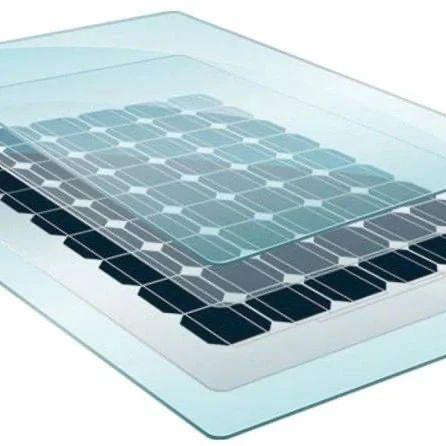

The Rise of Green Float Glass A Sustainable Choice for the Future
Green float glass has emerged as a popular choice in the glass market, driven by both aesthetic appeal and environmental considerations. This type of glass, characterized by its green hue that results from the iron oxide content in its raw materials, is widely used in various applications, including windows, facades, and solar panels. As modern society increasingly prioritizes sustainability, green float glass stands out as a favorable solution that meets both functional and ecological demands.
One of the primary advantages of green float glass is its versatility. It can be manufactured in different thicknesses and sizes, making it suitable for residential, commercial, and industrial use. Architects and designers are particularly drawn to its unique green tint, which not only enhances the visual appeal of buildings but also complements natural surroundings, blending seamlessly into the environment. This aesthetic quality, combined with its functional benefits, contributes to the growing trend of incorporating green float glass into modern architecture.
In terms of energy efficiency, green float glass plays an instrumental role in reducing heat transfer
. Its design allows for optimal light transmission, significantly contributing to daylighting—an important aspect of energy-efficient building design. By harnessing natural sunlight, buildings can decrease their reliance on electric lighting and reduce overall energy consumption. This is particularly relevant in the context of global climate change, as reducing energy use in buildings is crucial for lowering carbon emissions.
Moreover, green float glass is fully recyclable, making it a sustainable material choice. The glass can be melted down and remade into new glass products without loss of quality. This closed-loop system minimizes waste and reduces the need for virgin raw materials, aligning perfectly with the principles of a circular economy. As industries strive to meet sustainability goals, the recyclability of green float glass presents significant advantages.
The market for green float glass is also being driven by advancements in technology. Innovations in manufacturing processes have led to improved quality and durability, ensuring that green float glass meets the demanding requirements of modern construction. Additionally, increased awareness of environmental issues and consumer preferences have fueled demand for eco-friendly building materials, further solidifying the position of green float glass in the marketplace.
In conclusion, green float glass represents a harmonious blend of beauty, functionality, and sustainability. Its unique characteristics make it an excellent choice for architects and builders committed to environmentally responsible designs. As the construction industry continues to evolve towards sustainable practices, the popularity of green float glass is likely to grow, paving the way for a greener future. Embracing materials like green float glass not only enhances the aesthetic appeal of structures but also contributes to a more sustainable world, reflecting a collective commitment to preserving our planet for generations to come.